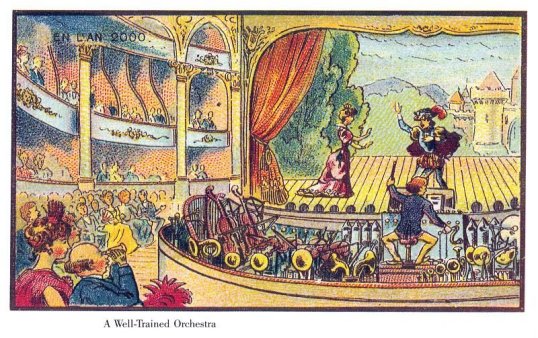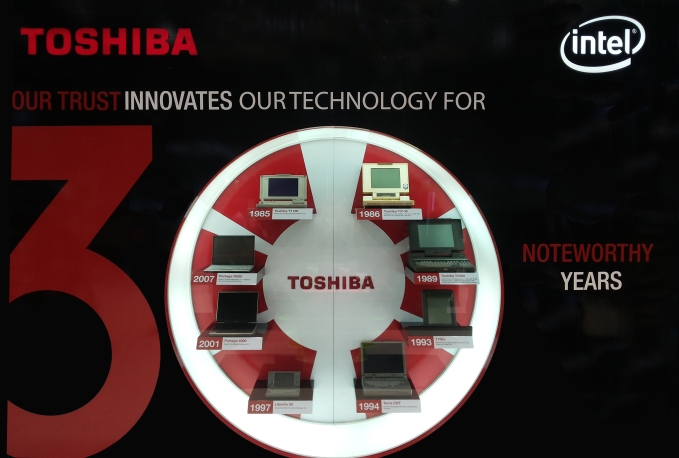Countless artists, writers and self-proclaimed psychics have predicted how the 21st century would look like. Some of them even got it right! …Well, slightly right.
WHEN PREDICTIONS COME TRUE
Back to the Future, the 1985 hit film you’ve surely seen or at least heard about, predicted that people would be using hoverboards for transportation by 2015.

Marty McFly riding a hoverboard
While we don’t really see hoverboard-riding teens at the mall or in the streets today, we do occasionally see people of all ages riding self-balance scooters in public, which of course can be considered a hoverboard prototype.
And if that doesn’t cut it for you, luxury vehicle manufacturer Lexus unveiled this year its very own and the world’s first genuine hoverboard. Watch the product demonstration here. Depending on Lexus’s marketing and distribution strategies, it’s only a matter of time before the thing becomes mainstream.
Here’s something else too. In 1899, Jean-Marc Côté and other French artists drew images of the year 2000 as they predicted it would look like. The highly entertaining drawings were first displayed at the 1900 World Exhibition in Paris.
One of the drawings involves a conductor using steampunk-style machinery to play multiple instruments at once.

A Well-trained Orchestra
While that isn’t exactly the practice today at theatres, the artist’s prediction wasn’t way off. The idea of a conductor is mechanically controlling several instruments simultaneously is similar to how some of today’s music is made using computers instead of actual instruments. Different method, same concept.
OUR PRESENT USED TO BE THE FUTURE
If you think about it, it’s kind of insane (in a good way) that things we consider totally normal today would’ve been perceived as unbelievable years back.
Convertible PCs, for example. We all know that these are computers which are portable like a laptop. They are built to be lightweight and versatile—with multiple modes and the ability to rotate 360 degrees. But not only that, their screens are detachable too, so users don’t have to carry around the keyboard when all they plan to do with the device is watch a movie or play a game.
Imagine what Charles Babbage, the inventor of one of the first computers ever, would have thought of that in 1837, when computers were the size of a pipe organ!
 Toshiba’s latest convertible, the award-winning Portégé Z20t
Toshiba’s latest convertible, the award-winning Portégé Z20t
Smartphones are another thing. People used to send their loved ones letters overseas that didn’t arrive for weeks. Now with apps like Skype, conversations are instant and so realistic, you wouldn’t feel the distance at all.
More interestingly: selfies. As long as you have a smartphone and ample storage, you can snap as many selfies as you want for free. It wasn’t always like that.
Storage nowadays means a small flash drive or a tiny SD card that with capacities between 16GB and 128GB. But years ago, it was the other way around: storage devices were huge and their capacities were tiny.
Cameras used to be so expensive that in Victorian England, post-mortem photography became a thing. It’s a practice that involves dressing up the corpse of a recently deceased loved one for his or her first and last photo. Families rarely could afford to hire a photographer at the time, so taking a photo of their dead as a souvenir was considered an expensive (and honestly a very touching) tradition.
We bet you now have a newfound appreciation for your front-facing camera, don’t you?
SO WHAT ABOUT OUR FUTURE?
We could give you a bunch of cool and bizarre predictions: In 2050, three of the eight planets in our solar system will be habitable; time travel would be the primary form of transport in three decades; twelve years from now, the human species would evolve the ability to go on living without ever sleeping.
But instead, let’s talk about predictions that have a basis—things about the future that we have come to know through analytical observation of global trends.
1. Self-driving cars will one day take over mainstream cars the way mainstream cars took over the horse-drawn carriage.

The Google Self-Driving Car
When Karl Friedrich Benz invented the first true automobile in 1886, the vehicle was way slower and much less sturdier than the cars you see on the highway today. Which is why many were skeptical that the automobile would ever replace the horse-drawn carriage.
Today, it’s the same. It seems there are innumerable complaints about the self-driving car: it’s dangerous, it’s too small, it’s not fast enough, it’s not reliable, it looks like a toy… But as always, innovation will happen. Google’s prototype will be evolved and evolved until it’s too good for the public to ignore. In fact, there are rumours that Apple is currently developing its own version of Google’s invention.
2. With drones, life can be so much easier.
Drones are basically flying robots. Formally called UAVs (Unmanned Aerial Vehicles) or RPAs (Remotely Piloted Aerial Systems), drones can record images and fire artillery by themselves, without needing a human driver or operator inside the vehicle.
For a moment, try to forget the dramatic clips of monster drones bombing battlefields. Yes, these unmanned vehicles that can fly without human assistance are drones, but they only represent a narrow slice of what drones are all about. There is a huge potential for how private, commercial drone use can change our daily lives. We’re talking about commercial drones that are small and non-threatening.
Today, the drone business is beginning to be quite active. Different companies from various industries are integrating the use of drones into their processes, products or services. There’s drone-based photography, surveillance drones, and even drone journalism. That’s because the drone’s ability for flight combined with its small size and its capacity for tolerating harsh environments make it very useful to humans.
Soon, commercial drones will be everywhere, just like Wi-Fi. In fact, this year, Amazon released an advertisement that the company plans to use drones to deliver parcels. Google and Facebook are planning to provide the world with online drones.
One day, farmers will be using drones to dust their crops quickly and efficiently. Ambulance drones will be used everywhere, for faster response. Even the pizza delivery guy will be operating a drone in the comfort of his home.
3. Looking back in history to secure the future
Going back in history, humankind has a lot of its ups and downs; however there are very unique moments that we can be proud of. And for over the past 30 years, Toshiba can proudly say that it has been in the forefront of innovation.
 Toshiba’s 30 Years display of notable firsts
Toshiba’s 30 Years display of notable firsts
From the Toshiba T1100—the first industry standard notebook PC, to the Portégé 4000, the first wireless laptop, Toshiba has been responsible for many world’s firsts. And we will continue to be.
 Toshiba’s World First Wireless Notebook PC, the 2001 Portégé 4000
Toshiba’s World First Wireless Notebook PC, the 2001 Portégé 4000
Toshiba has lots more in store. With Smart Communities, there are endless possibilities, and the future is limitless.
What exciting years ahead!


Reblogged this on Fijianchick's Blog and commented:
Delighted with the 1st blog for Toshiba – we have many more on the way. Watch this space #ToshibaMEA #octOpusme #Technology #Innovation
LikeLike